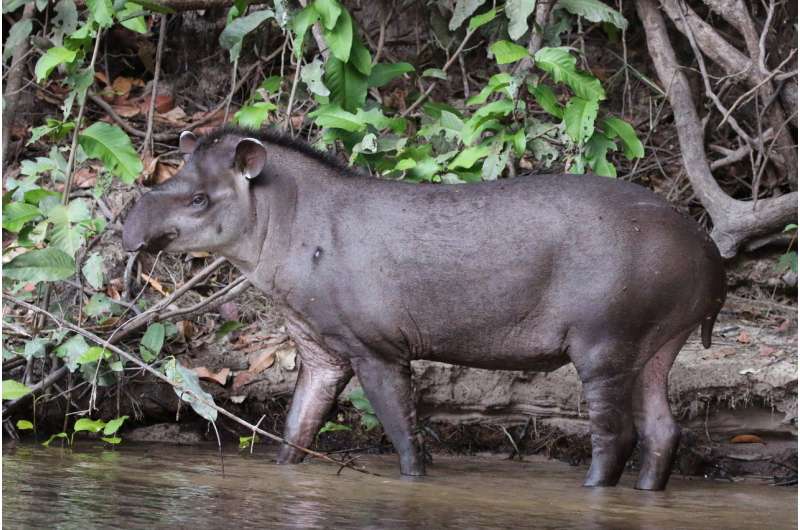Pioneering study predicts true impact of roadkill on wildlife

A new tool that predicts which animal species are most at risk of dying on roads, and in which areas, could aid efforts to preserve global biodiversity.
Research by the University of Reading and University of Lavras has allowed estimates to be made for the first time of the number of animals likely to become roadkill every year, and the characteristics that put some more at risk than others.
The method was used for the first time in Brazil, and estimated more than 10 million animals die on its roads each year. Given Brazil is thought to be the most biodiverse country in the world, the findings are significant to the planet as a whole. The scientists argue they should be taken into account when considering future infrastructure plans.
Manuela Gonzalez-Suarez, conservation biology lecturer at the University of Reading and lead author, said: "Roadkill is known to have an impact on biodiversity, but little work has been done to quantify this, and identify which animals are most at risk. We have shown for the first time that roadkill risk can be predicted based on species' characteristics or traits, such as their size, behaviour, and ecological preferences."
The research, published in the journal Global Ecology and Biogeography, used existing roadkill data to predict future risk.
It calculated that more than 8 million birds and 2 million mammals become roadkill in Brazil every year. The researchers found animals that eat a more diverse diet and use a range of habitats are most at risk, likely because they encounter roads more often and decide to cross them. Road mortality rates were higher for bigger birds with ground foraging behaviour, and for medium-sized, scavenging mammals in Brazil.
Based on the identified relationships, the authors found that birds and mammals occupying the Amazon have characteristics that make them particularly susceptible to road impacts. There are currently relatively few roads in the Amazon, but many animals in coastal areas were found to be at greater risk due to the greater number of roads there.
In Brazil, economic and social growth has made investment in infrastructure a priority. Proposed plans include a 20 percent increase in roads covering regions of exceptional biological diversity and global ecological importance like the Cerrado and the Amazon.
The researchers are now looking to apply their method to other regions to measure the impact of roadkill around the world.
Flavio Zanchetta Ferreira, who compiled the data for the study at the University of Lavras in Brazil, said: "In Brazil, several groups have conducted roadkill assessments but we are still missing data for many areas and species.
"New roads are always going to be needed as countries develop their infrastructures, but it is hugely important that research like this is factored into decisions on their location to minimise environmental impact."
Clara Grilo, a co-author from the University of Lavras, said: "Roadkill can reduce population abundance, limit dispersal, decrease genetic diversity, and eventually lead to local extinction. We need to understand these risks to protect biodiversity and threatened species."
More information: Manuela González-Suárez et al. Spatial and species-level predictions of road mortality risk using trait data, Global Ecology and Biogeography (2018). DOI: 10.1111/geb.12769
Journal information: Global Ecology and Biogeography
Provided by University of Reading



















